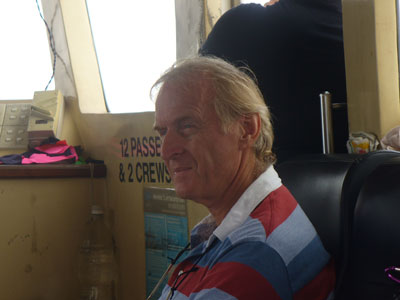
Dr. Lane is currently a senior lecturer at Universiti Brunei Darussalam, teaching subjects like ecology, living resources and aquatic biology. More about him can be found here.
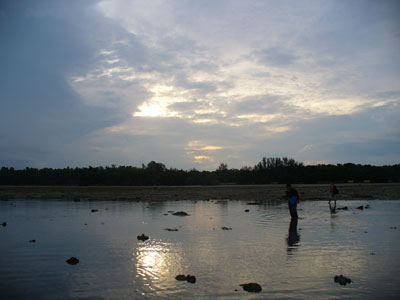
Pulau Semakau is our destination today and for those who doesn't know - it is one of our southern islands. This island is where all the ash from the incineration of our waste and non-incinerable waste ends up. The Semakau Landfill was created by enclosing Pulau Semakau and Pulau Sakeng when we exhausted our mainland landfill in 1999. Despite being developed as a landfill for our waste, biodiversity was protected. In fact, wildlife is striving very well. More about Semakau can be found here.
Our task was to find uncommon echinoderms. After the recent find of a new record, Pentaceraster sp., Dr. Lane was keen to see what else could be found. However, to find something new ain't a walk in the park. So I just find whatever I can.
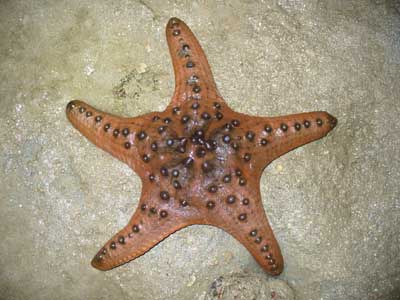
Knobbly sea star (Protoreaster nodusus), the icon of Semakau. We found quite a number of them - three I think.

Octopus (Order Octopoda)
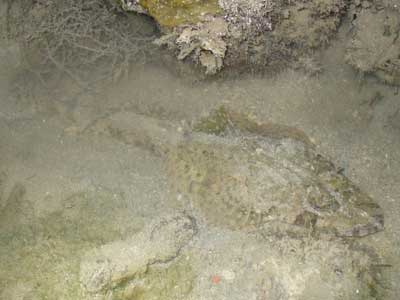
This was hiding under the sand. At first I thought it was a stingray till I notice the longish body. Thanks to Chay Hoon, I've gotten the ID! This is a Flathead (Family Platycephalidae), or also known as Crocodile fish. It inhabits estuaries and the open ocean.
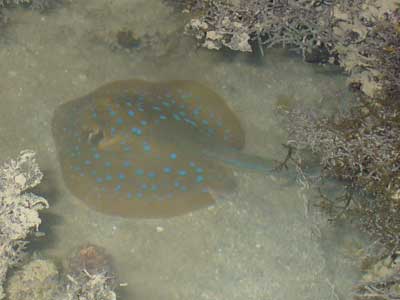
Now, this is a stingray. Blue-spotted Fantail Ray, Taeniura lymma.
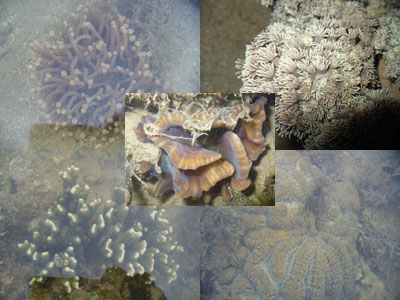
Hard corals - plenty of them in Semakau. From top left, clockwise: Heliofungia actiniformis, Goniopora sp., possibly Lobophyllia sp., Pocillopora sp., Centre: Pectinia sp.

These are also corals but they have a soft body instead, hence they are known as soft corals.
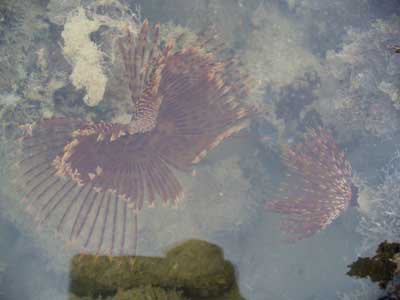
Feather worms or featherdusters worms or tube worms.
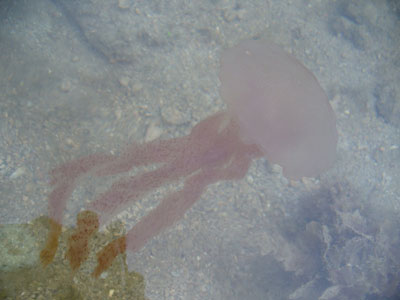
Jellyfish. Have seen this particular species quite often. Today alone was plentiful, at least seen 3-4 on the shores and another 3-4 at the jetty.
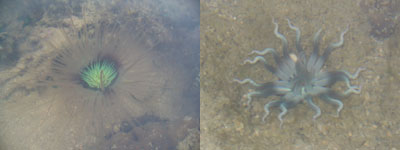
Anemones - From left: Peacock anemone, Star sea anemone
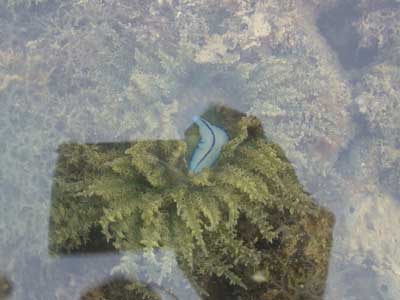
This is also an anemone, more specifically a flower anemone (Phymanthus sp.). If you notice, there a flatworm in the middle of the anemone! I wonder what it is doing there? Eating? Hiding? Clownfish-wannabe?

Sea cucumbers. From left - Sandfish (Holothuria scabra), Synaptid (Family Synaptidae), Stonefish (Actinopyga lecanora). If you notice carefully, there are two 'specks' on the sandfish sea cucumber. It is actually carrying a pair of mating Chromodoris lineolata on top of it... Imagine climbing on top of a cucumber so much bigger than you just to have sex... Looking for challenge eh?
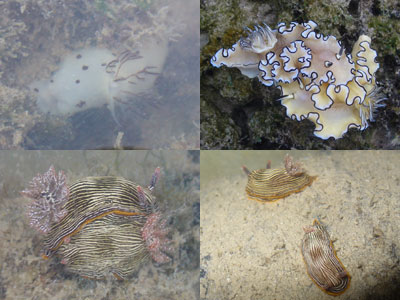
Nudibranchs!!! One of my favs! From top left, clockwise: Polka-dot (Jorunna funebris), Marginated Glossodoris (Glossodoris atromarginata), the mating pair of Chromodoris lineolata that was found on top of the sandfish sea cucumber mentioned above, and another mating pair.
Not a good echinoderm day, but still a good day. Damn it's tiring thou! Kudos and admire Ria who has the energy to do this repetitively for weeks in a row. Had to go back to work after that and now I just complete this blog post.... and I'm dead... beat...
Now awaiting for part II.

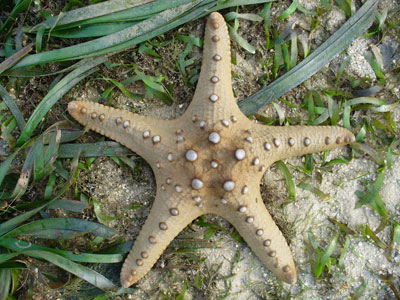




2 comments:
Hi Sijie,
the fish is a Flathead or sometimes called a Crocodile fish.
Heya! Thanks so much for the ID. I knew I can always depend on you ppl for such matters! Hehe!
Post a Comment